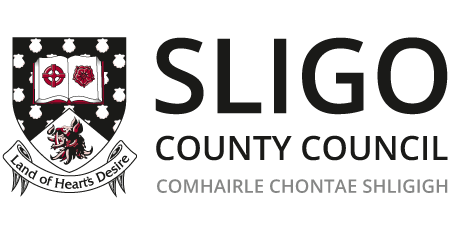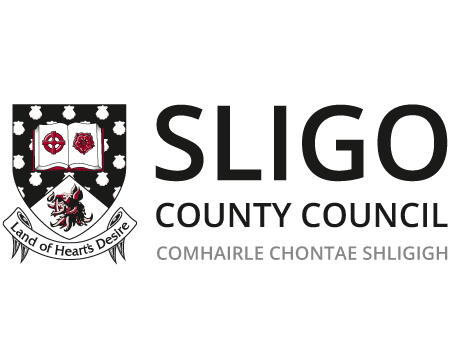Drinking Water Frequently Asked Questions
What is Chlorine?
Chlorine is the most widely used disinfectant in the home. It is also used to maintain hygienic conditions within the public water supply network of pipes. At the very low levels used in drinking water it is perfectly safe. The reason why chlorine can be a concern in drinking water relates to the fact that some people can be very sensitive to its taste and smell.
Why Can I Taste or Smell Chlorine in My Water?
The levels of Chlorine in Sligo’s tap water are typically below 1 mg/l which is well below the World Health Organisation health based guideline of 5mg/l and these levels are controlled and monitored carefully.
There can be minor variations in the amount and the form of the chlorine present in each water supply. Dosing levels are set as part of the safe management of the whole network. For this reason if your premises is located near the water treatment plant, the level of chlorine may be a little higher in your tap water than it is at properties several miles further away. There is a requirement to have in place a residual disinfectant management policy designed to ensure a minimum level at the remotest part of the network whilst also ensuring the maximum level is still acceptable to all consumers. Sometimes during maintenance of the pipe network higher levels are needed. If you occasionally notice a slight taste or smell of chlorine it is probably due to maintenance work in your area, it will not be a long lasting problem and there is no cause to worry.
How Can I Reduce the Smell of Chlorine in My Water?
If you do not like the smell or taste of chlorine in your drinking water, then a simple way to remedy the problem is to cool the tap water before using it for drinks. Place a jug of freshly drawn water with a lid in your fridge overnight and the taste will disappear as the chlorine is released from the water. Always remember to throw away any unused water after 24 hours and clean the jug regularly.
Why is My Water White From Time To Time?
White discolouration in water can be caused by trapped air, this is completely harmless. The air can be introduced into the water supply following repair work on the distribution network, or by a pocket of air becoming trapped in the internal domestic pipe work. Aerated water has a cloudy or milky white appearance. To confirm that the cloudiness is caused by trapped air, fill a glass of water from the cold tap in the kitchen and watch how it clears from the bottom of the glass upward. It can take up to 10 minutes to clear. Any air trapped in the mains should clear within 2 to 3 hours.
Why is My Water Brown, Orange or Yellow?
The most common cause of brown/yellow or orange water is suspended particulate iron, which is dislodged from walls of cast iron water mains. These deposits can become dislodged by hydraulic changes within the mains network (e.g. vibration through the ground, use of hydrants or water supply interruptions). Typically the problem resolves an hour or two after the disturbance is finished. To clear the system run the affected tap for two to three minutes.
Why is Water Fluoridated in Ireland?
In Ireland, the decision to fluoridate water supplies was made by the Irish Government in the 1960s, as a public health measure to reduce the level of dental decay. The amount of fluoride added to drinking water in Ireland is controlled by law to be in the range of 0.6 to 0.8mg/l. A Code of Practice has been produced in accordance with the Fluoridation of Water Supplies Regulations 2007 (Statutory Instrument No. 42 of 2007) made under the Health (Fluoridation of Water Supplies) Act, 1960.
The purpose of the Code is to ensure the proper implementation of the procedures for the fluoridation of the public water supplies to the prescribed standards. The Health Service Executive (HSE) has responsibility for coordinating all matters relating to the implementation of the fluoridation of water supplies in Ireland. Any queries in relation to the Code of Practice should be addressed to the HSE.
How Do I Know My Drinking Water Is Safe?
Samples are routinely collected from all drinking water treatment works and randomly selected customers’ properties by staff carrying official identification. Any samples results that fail to meet regulatory standards are notified immediately to the Health Service Executive who provide advice with regard to the protection of public health. In the unlikely event that a risk or danger to public health exists, customers are informed and restrictions are promptly put in place on the supply.
What Legislation covers Drinking Water?
The quality of drinking water in Ireland is governed by the European Union (Drinking Water) Regulations 2014 (PDF) - 2,754 kbs
What's in your Water
A GWS guide to the drinking water parameters
What's in your Water (PDF) - 575 kbs

